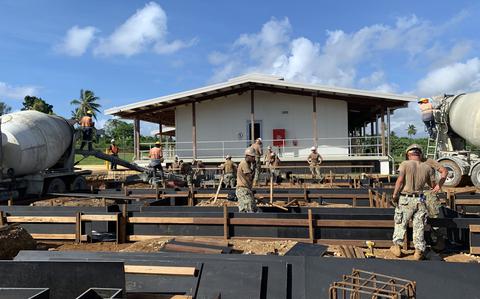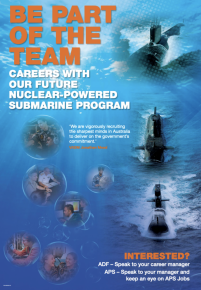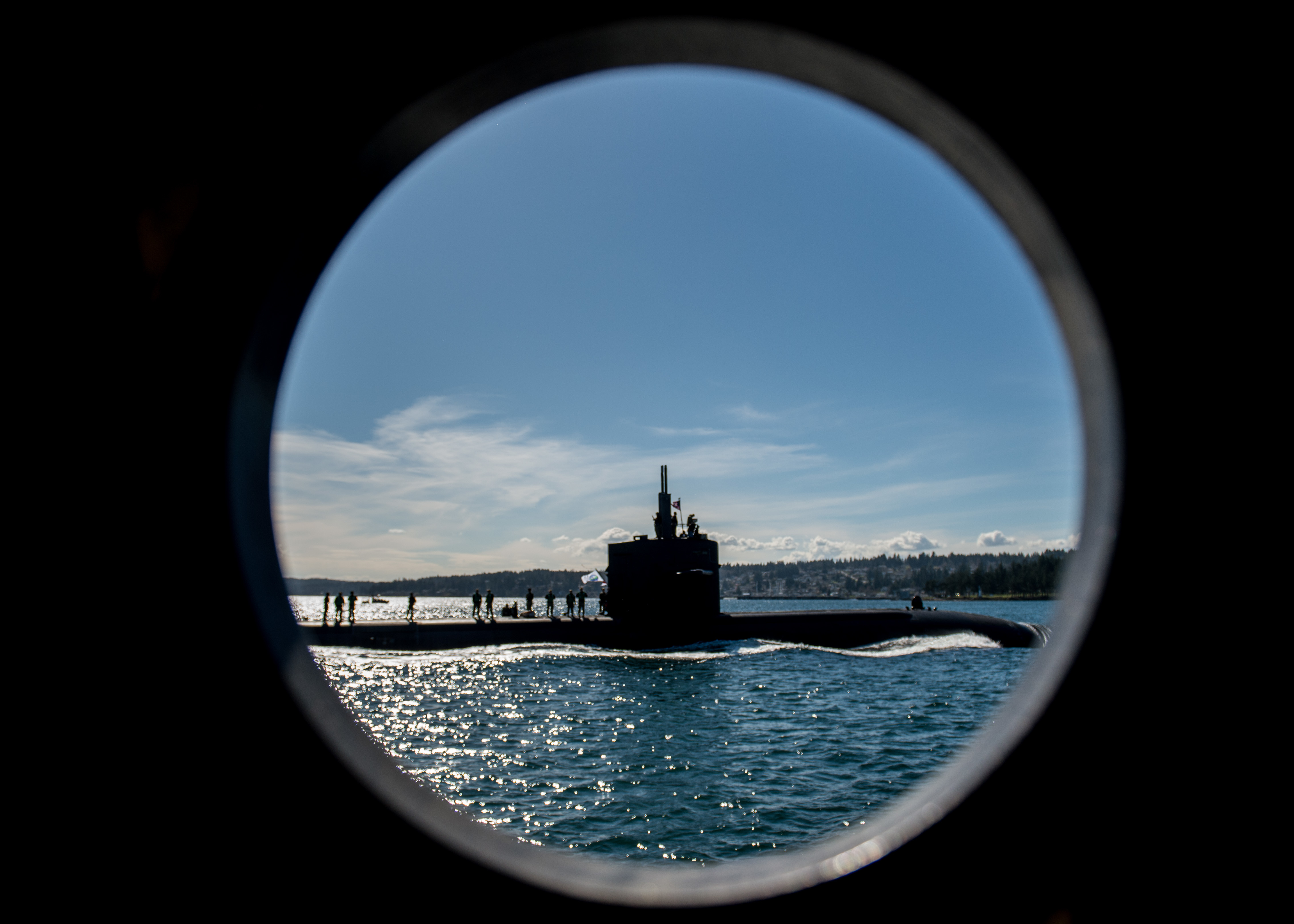"a down-select decision was made to explore a variant" - not "a variant has been developed & built". And where is the "re-configured ", let alone "re-built"? They seem to be talking about adding the ability to control off-ship anti-mine craft to the mission system & fitting the vessels to carry those craft. To me, it looks like a fairly modest modification, probably something which can be retrofitted to add an extra, optional, capability.
In Singapore they're operating remote minehunters which look small enough to be carried on an Arafura from a container on a quayside with two or three people in it. And "completely changing the role of a major class of ship"? From the published descriptions of the class that sort of capability seems to have been planned in from the start. Y'know, all that stuff about modular mission payloads.
They could tack a few more hulls on the end of the Arafura build to replace the Huons, ready-fitted with the necessary kit.
In Singapore they're operating remote minehunters which look small enough to be carried on an Arafura from a container on a quayside with two or three people in it. And "completely changing the role of a major class of ship"? From the published descriptions of the class that sort of capability seems to have been planned in from the start. Y'know, all that stuff about modular mission payloads.
They could tack a few more hulls on the end of the Arafura build to replace the Huons, ready-fitted with the necessary kit.



